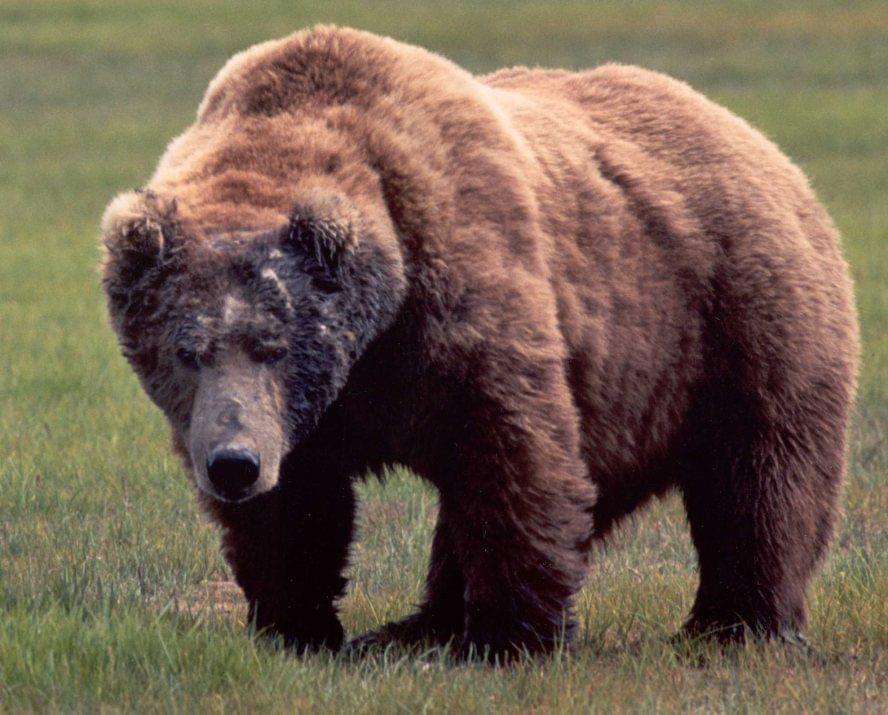Post by dinosauria101 on Aug 27, 2019 9:34:33 GMT 5
Smilodon fatalis (pride of 4)
Smilodon fatalis ("the deadly knife-tooth") is possibly the best-known of the machairodontine saber-toothed cats. It appeared in North America about 1.6 million years ago and later migrated down the west coast of the continent to Peru. It became extinct around 10,000 years ago. This species is estimated to have ranged from 160 to 280 kg (350 to 620 lb). Particularly large specimens could weigh 350 kg. Their teeth are about 7 in. Although the saber-toothed cat has no close living relatives, paleontologists reconstruct how the saber-toothed cat looked by comparing its bones with those of large cats living today. Very powerful front legs and a short tail indicate that saber-toothed cats used stealth and ambush rather than speed to capture their prey. Recent investigations suggest that this saber-toothed cat probably used its long canines to slash through the throat, severing the wind pipe and cutting the jugular. Its teeth were surprisingly delicate and could easily snap off if a prey animal struggled. Its mouth could open up to 120 degrees, whereas its closest living relative, Panthera leo, or lion, can only open its jaws to 65 degrees.

Arctodus simus
Arctodus (Greek, "bear tooth") — known as the short-faced bear or bulldog bear — is an extinct genus of bear endemic to North America during the Pleistocene ~3.0 Ma.—11,000 years ago, existing for approximately three million years. Arctodus simus may have once been Earth's largest mammalian, terrestrial carnivore. It was the most common of early North American bears, being most abundant in California. It was native to prehistoric North America from about 800,000 years ago, and became extinct about 12,500 years ago. It has been found from as far north as Ikpikpuk River, Alaska to Lowndes County, Mississippi. It is one of the largest bears in the fossil record and was among the largest mammalian land predators of all time. The type specimen came from Potter Creek Cave in Shasta County, California. It would have weighed up to 700-800 kg.
-738x591.jpg)
Credit to Wikipedia
Smilodon fatalis ("the deadly knife-tooth") is possibly the best-known of the machairodontine saber-toothed cats. It appeared in North America about 1.6 million years ago and later migrated down the west coast of the continent to Peru. It became extinct around 10,000 years ago. This species is estimated to have ranged from 160 to 280 kg (350 to 620 lb). Particularly large specimens could weigh 350 kg. Their teeth are about 7 in. Although the saber-toothed cat has no close living relatives, paleontologists reconstruct how the saber-toothed cat looked by comparing its bones with those of large cats living today. Very powerful front legs and a short tail indicate that saber-toothed cats used stealth and ambush rather than speed to capture their prey. Recent investigations suggest that this saber-toothed cat probably used its long canines to slash through the throat, severing the wind pipe and cutting the jugular. Its teeth were surprisingly delicate and could easily snap off if a prey animal struggled. Its mouth could open up to 120 degrees, whereas its closest living relative, Panthera leo, or lion, can only open its jaws to 65 degrees.

Arctodus simus
Arctodus (Greek, "bear tooth") — known as the short-faced bear or bulldog bear — is an extinct genus of bear endemic to North America during the Pleistocene ~3.0 Ma.—11,000 years ago, existing for approximately three million years. Arctodus simus may have once been Earth's largest mammalian, terrestrial carnivore. It was the most common of early North American bears, being most abundant in California. It was native to prehistoric North America from about 800,000 years ago, and became extinct about 12,500 years ago. It has been found from as far north as Ikpikpuk River, Alaska to Lowndes County, Mississippi. It is one of the largest bears in the fossil record and was among the largest mammalian land predators of all time. The type specimen came from Potter Creek Cave in Shasta County, California. It would have weighed up to 700-800 kg.
-738x591.jpg)
Credit to Wikipedia











